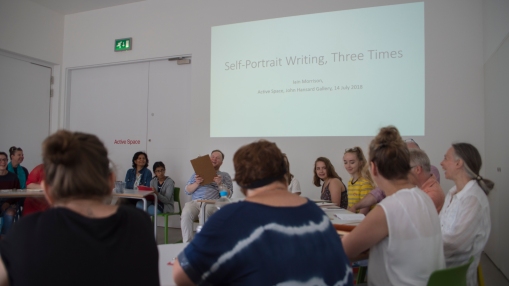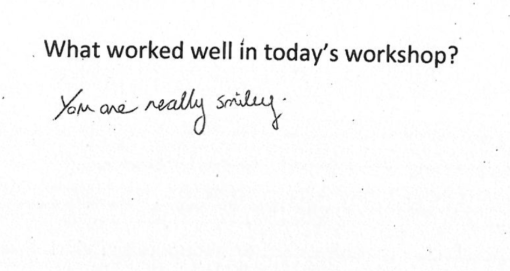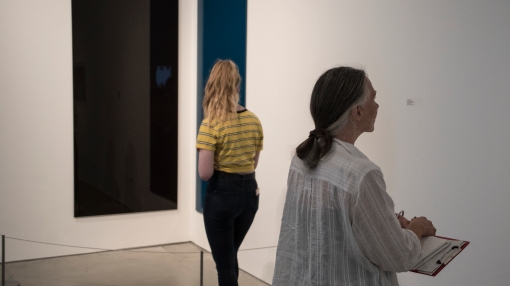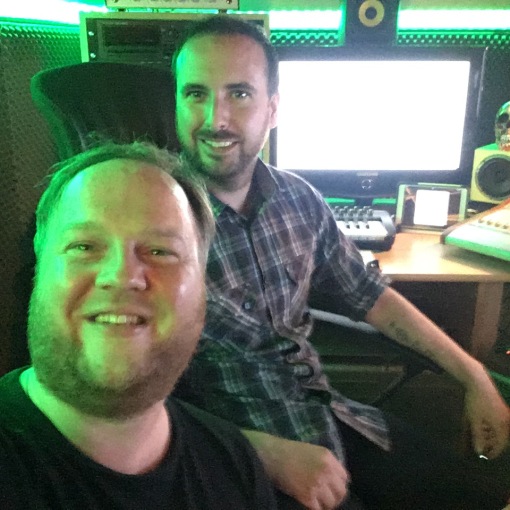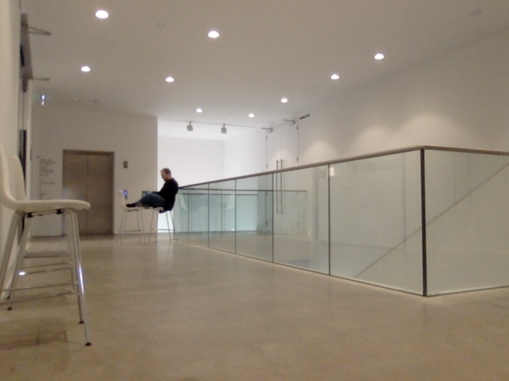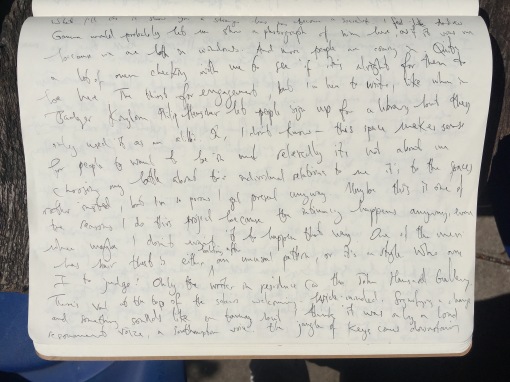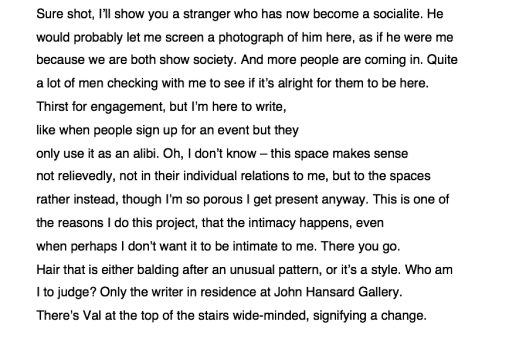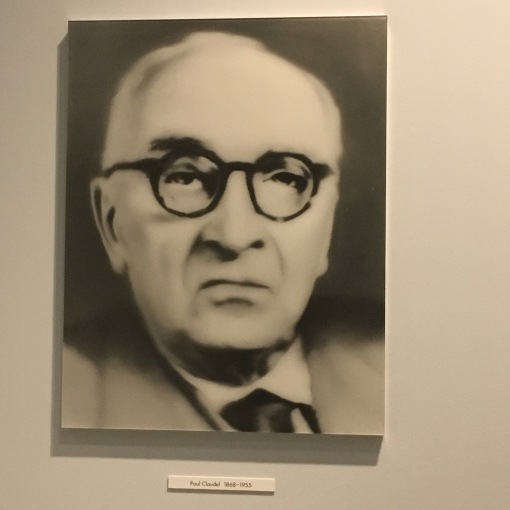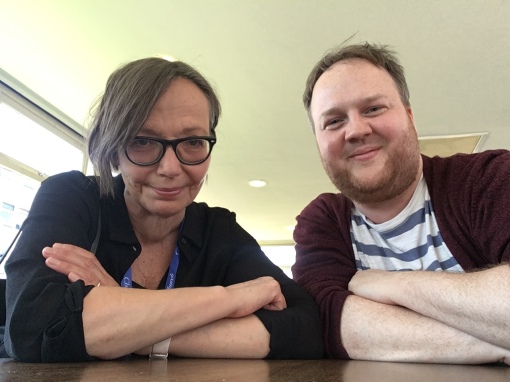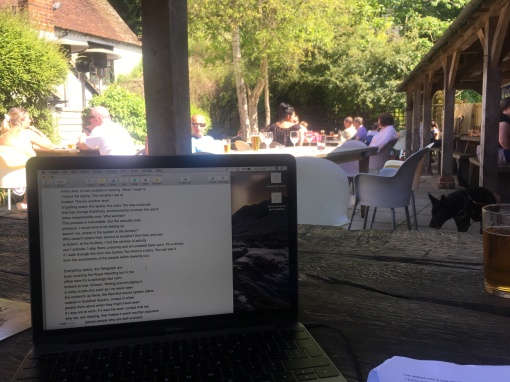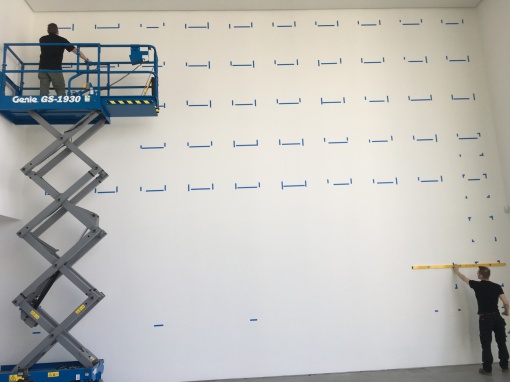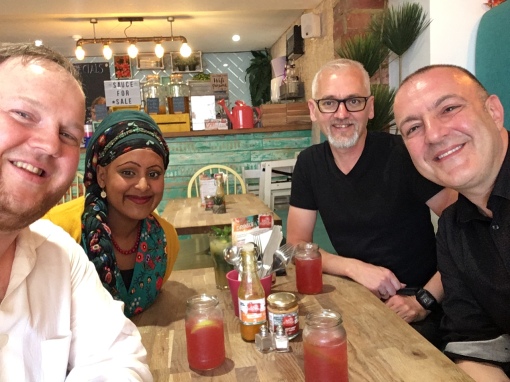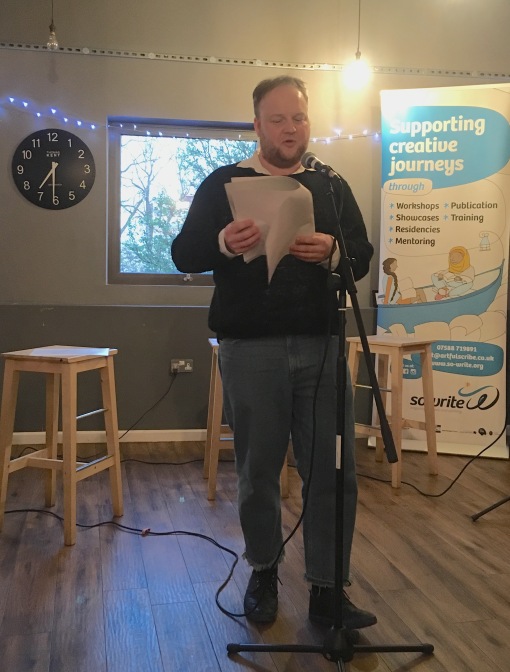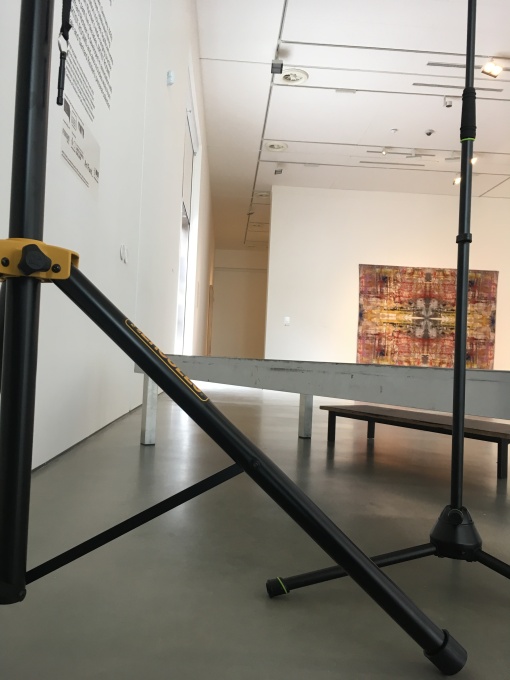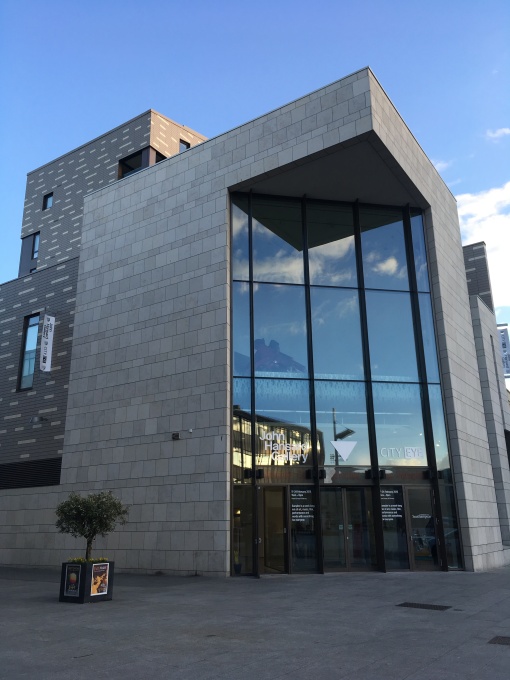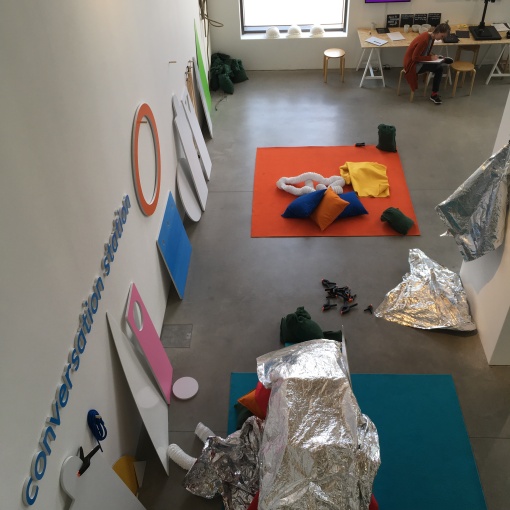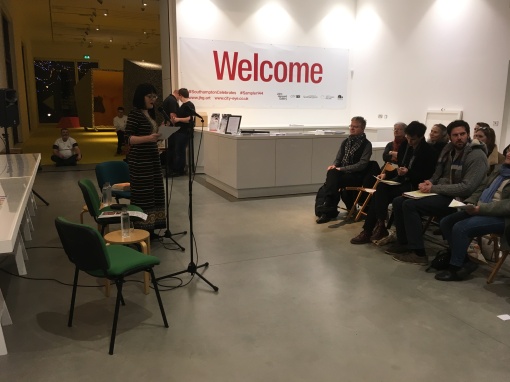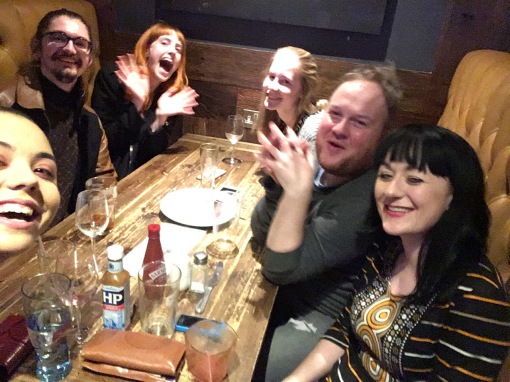Yesterday at the ArtfulScribe book launches (celebrating all of the activity that’s taken part as a result of their work in Southampton’s writing communities) I shared a new poem, the last bit of creative writing from my year-long residency. It was an added poem to the series I’ve made over the year, charting the public events and behind the scenes spaces at John Hansard Gallery.
Back in July, one of the events that I was lucky to be present for was Nazneen Ahmed’s clever and beautifully researched talk, presented as part of the ’12 Women’ series, for which the Gallery had programmed women from different disciplines and careers to respond to Gerhard Richter’s 48 Portraits of men. Nazneen was Writer-in-Residence at Soiuthampton Libraries, while I was the same at John Hansard Gallery and I was glad of the chance to get to know her through joint events and through shared times.
I’ll let the poem (shared below) give you the glimpses into the content Nazneen led us through. She’s a wonderful writer and works hard to support many voices in her workshops and writing, so I’m happy to offer cheers for her own words back to her and to say thanks for the thinking her talk, and our friendship, has encouraged in me.
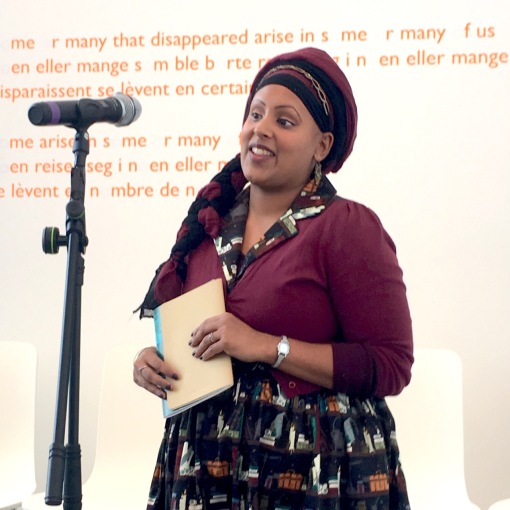
Nazneen’s 12 women. Fresh from Southampton-envisioning chat with Temple and
carbon nanomolecules, blackpoint chat with Dave Hubble, Elspeth introduces.
Leading UK gallery of 39 years Highfield, includes additional loans
Gerhard Richter’s collection, private, his own thinking, Germany’s own collective
ship of the father-figure. Maybe this means we are looking at mother?
Hidden-gendered, white-washed. Is a historian, many genres a
breather before Nazneen’s big title at Random House: something as a writer that you get to do.
Glad that back I’m in this room. I’m 48 portraits, tapestries, lots of colours. The things he’s doing, I’m doing.
Southampton and London are the ones I’ve worked on. An academic transitioning from a career to a fiction
writer, being dissolved. When I looked round, the difference returned: cannons occupied a space.
Book lists the frightening dissolution in paint Nazneen has seen to in a way I
haven’t. Non-white, non-male aren’t entering the ooft battery. The notion of silencing
too is here in this work. These strangely mute men, even in their profess
head is not given. Homo genus. Plastered in patriarchulinity. When it will bell
be all who may be here that they will well live we may enter the Everyman children’s library:
I definitely didn’t see it myself. I wonder how many children are in the same
kind of a boat. Her favourite part as an embroiderer of colour,
the word-thread in the Persia and Afghanistan record, what we would originally have
called East. Movement and deployment of pigment uncoverer stories than those
used to be, look, your images now are a little bit blurry. Hubble has a
crack, gescribing goes well, the paper structure. Focal face, the one vocal facade that maybe is whiter.
A carnival, the tool of. The two savages, Muslim seafarers worked at merchant
saferer from 17th century who would jump ship and become absorbed. Empire, its
two thousand Lascar farers in one port at a time in physically gruelling roles.
The streets of London. Why does this parade get lost when it already
had an audience? Who wrests it? Wondering how this relates to the reception of Black Pride
movement? The men spared no trouble. They were makers of work. Clothes
and the mosque. Modelled lilies through an interpreted, a dominating narrative
voice. Even he admires. Awe oddmiration connection. How does this loop to Richter? And this room?
The seafarers had to interview for the Santa Costume Agency. Presenting themselves to authoritative
British poor quality tissue paper because ‘this was no Bombay’. Finally four-thousand-nine-hundred colours, which signifies possibility.
From forty-nine to monochrome, this contrast had to be a way to say that colour was leached,
which is problematic. No one knew that it existed. It could exist. A parallel reimagined
as an actual railroad. Genial speaker, see the Utopian, even within our present. I try. To do. As a child,
a mirror of one of my very favourite books, it had always been there, I couldn’t
see it, The Little Princess. Deep, rich, yellow and light. The temperature change is making me
strange. Queer, little, speaking squeaky. The small monkey he held chattering in his arms
longed for a sight of the sun. She had learned since to know whom a smile is comforting.
When I saw an 1898 etching I went on maternity level. I came with the story up of a novel –
Rework: it’s a transitional feminine. Transnational phenomenon
the P&O ships. Heard beasts, not savage no. That year, no public was
admitted they’d been a lot of violence. Resistance and creativity: it’s an
anglophone list. There are translated works on there. If I was gonna add
I don’t know what that would look like, children’s stories by Tagore.
Sees an interesting, broad and humble, collective project even in this.
Nazneen loves Just So stories. Kipling, that won’t change.
Another kind of mirror, there’s enough resistance to inclusion that the system will replicate
unless we fight. Public spat with Lionel Shriver who is visiting the UK today to
change the narrative around them, needs something that would guide people through it.
When we go to Bombay we pick up picture books. Reminds me of when I dawdled in
the children’s section in Brazil because picture books seemed briefly transportable.
The things you can carry with you, that you can hold, you can bring – contain
on your grasp envelope. Empathy Labs in London. So:Write stories group.
Sore cheek bones and a headache as soon as we think.
What I do, better help her patients cut this bit if I write it in.
Next week Councillor Satvir Kaur understanding, communicating, listening.
Nadia Shireen has been writing some really great books, I also like the Rainbow Bird.
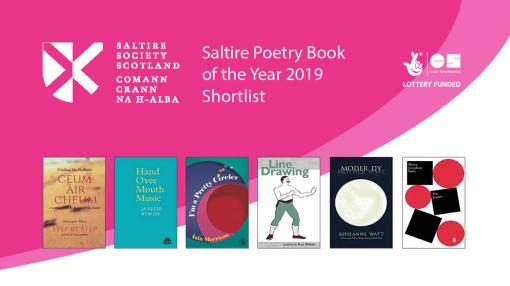


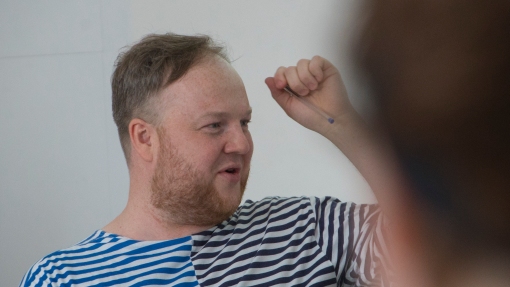 I’ve talked before on this blog about the range of learning opportunities available to me over the course of my ArtfulScribe writing residency at John Hansard Gallery. One of the areas of potential growth I saw as particularly desirable from when I first found the residency advertised, was in the chance to get hands on experience of running workshops. I won’t pretend that this didn’t also scare me.
I’ve talked before on this blog about the range of learning opportunities available to me over the course of my ArtfulScribe writing residency at John Hansard Gallery. One of the areas of potential growth I saw as particularly desirable from when I first found the residency advertised, was in the chance to get hands on experience of running workshops. I won’t pretend that this didn’t also scare me.